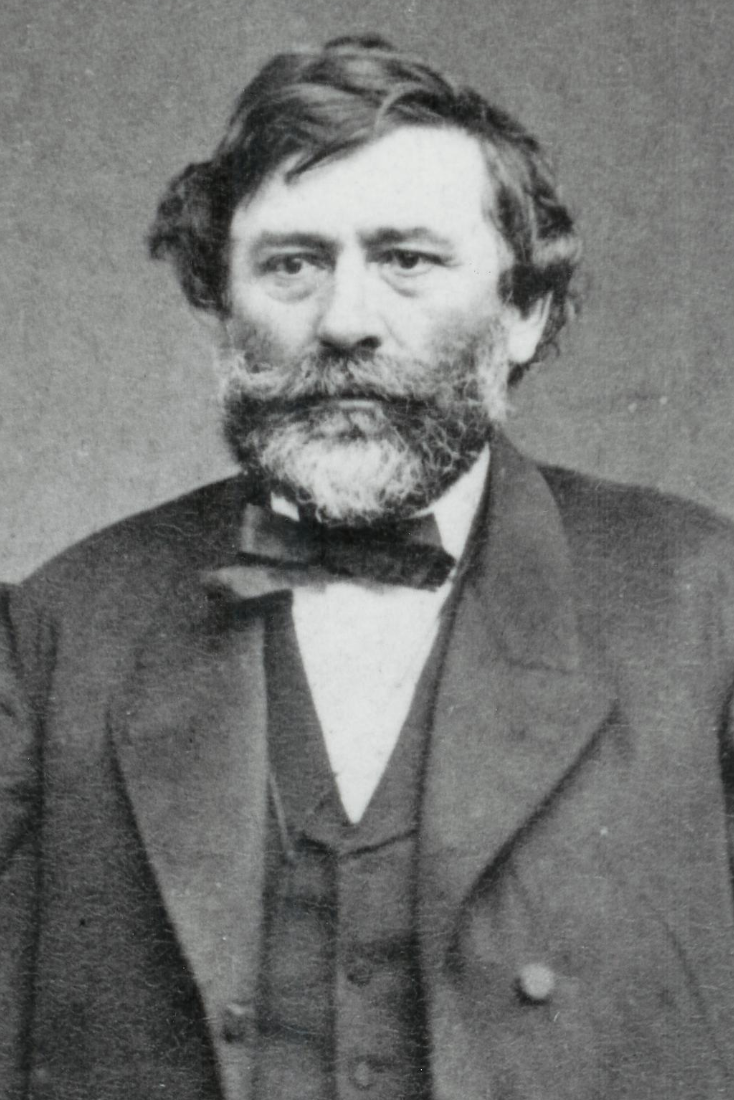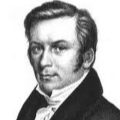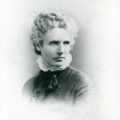Agoston Haraszthy
Valley of the Moon
Today, the Hungarian vintner, Agoston Haraszthy, brought 1,400 varieties of grapevines from Europe to California and planted the first vineyard in the Sonoma Valley in California.
Haraszthy's family was Hungarian nobility. Haraszthy had gotten hold of a book that reported the Wisconsin territory offered the finest land in America. So, in 1840, he immigrated to the United States. He quickly discovered Wisconsin was not the place for growing grapes.
In short order, Haraszthy made his way to San Francisco during the Gold Rush. But San Francisco was not a fit with the grapes, either. It was foggy and cold.
But then, in 1857, Haraszthy found the Sonoma Valley - called the "Valley of the Moon" by the writer Jack London. After a dozen years of searching, Haraszthy had found a place suitable for growing purple gold.
The Sonoma Valley was the perfect place to grow European grapes - which were more delicate and finicky than North American wild grapes. Giddy with hope, Haraszthy built a white villa for his wife and six children on a property he named Buena Vista or “Good View.”
Haraszthy also brought many European growing methods to his estate in California. First, he grew the grape plants closer together. This was something other growers found unwise. But Haraszthy knew that growing grapes near each other stressed the vines, which in turn, made better-tasting grapes.
Second, Haraszthy was the first vinedresser to grow his grapes on the mountainsides in California. There is an old saying that the God of wine, Bacchus, loved the hills. Well, Haraszthy’s grapevines loved them, too.
Finally, Haraszthy performed a green harvest - something no one had ever heard of - Least of all Haraszthy’s neighbors. Today the technique is known as dropping fruit; it merely means doing an initial early harvest of some of the grapes. The benefit of fewer grapes on the vine is that it improves the flavor of the remaining grapes.
Haraszthy also brought in a team of Chinese laborers, and they worked to dig out the first wine caves in the state. The most impressive accomplishment included a 100-foot-deep stone wine cellar built on the side of a hill.
In 1863, Haraszthy incorporated his vineyard as the Buena Vista Vinicultural Society. Thanks to investors, Haraszthy purchased an additional 4,000 acres making Buena Vista the second largest vineyard in the state.
In 1866, a vine disease swept through the area. Haraszthy’s neighbors reactively blamed his unique growing methods for the small tasteless grapes and the brown, dying vines. In reality, the disease was Phylloxera, which is caused by an aphid that attacks vine roots. Phylloxera causes grapes to harden on the vine. It wiped out Buena Vista. Haraszthy filed for bankruptcy.
With his vineyard and his reputation in tatters, Haraszthy went south to Nicaragua. He planted a massive sugar plantation, and he planned to make and sell a new beverage: rum. But, on July 6, 1869, as he was reaching for a vine while crossing a river on his property. He lost his balance, fell into the river, and was eaten by an alligator.
Today, Haraszthy is remembered as “The Father of California Viticulture” (Wine-Making). In 1946, a plaque to Haraszthy was dedicated on the plaza of Sonoma. In March 2007, Haraszthy was inducted into the Vintners Hall of Fame by the Culinary Institute of America.
This post was featured onThe Daily Gardener podcast:
helping gardeners find their roots,
one story at a time






